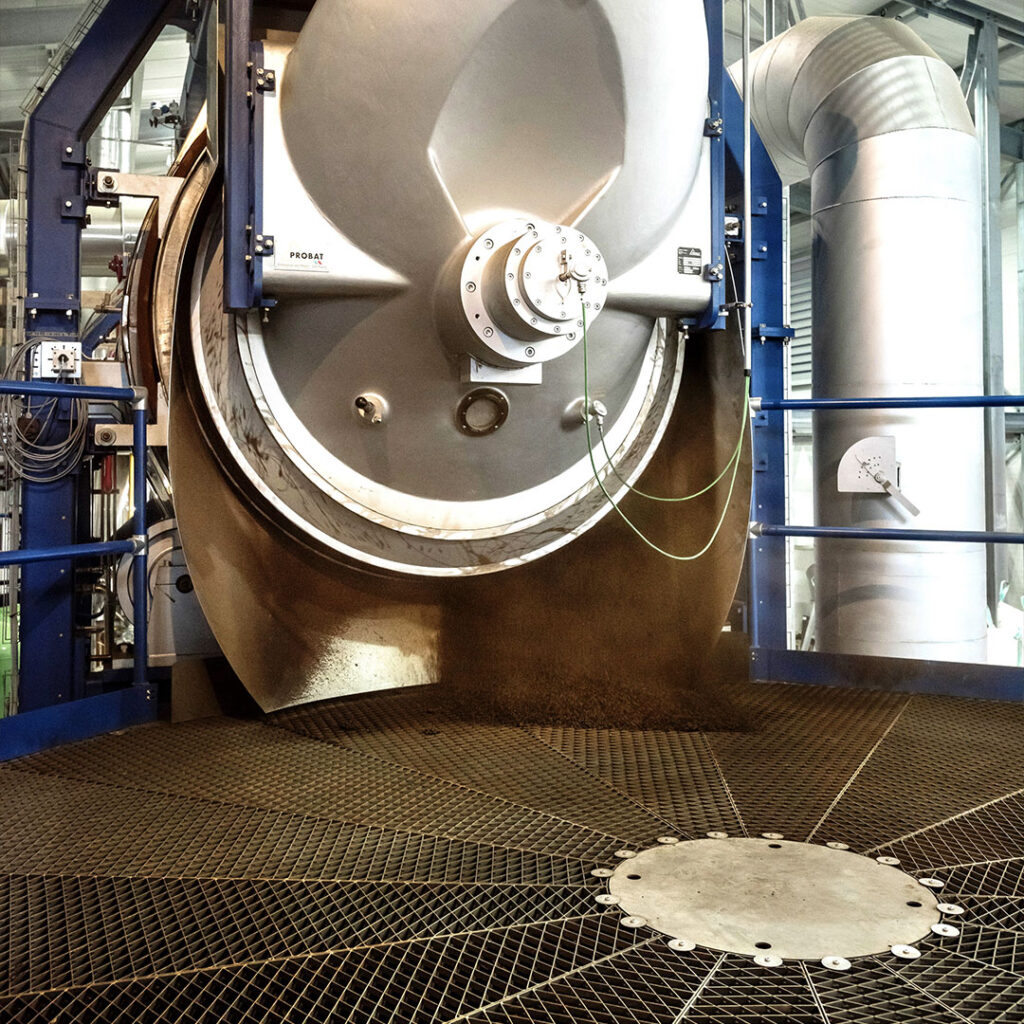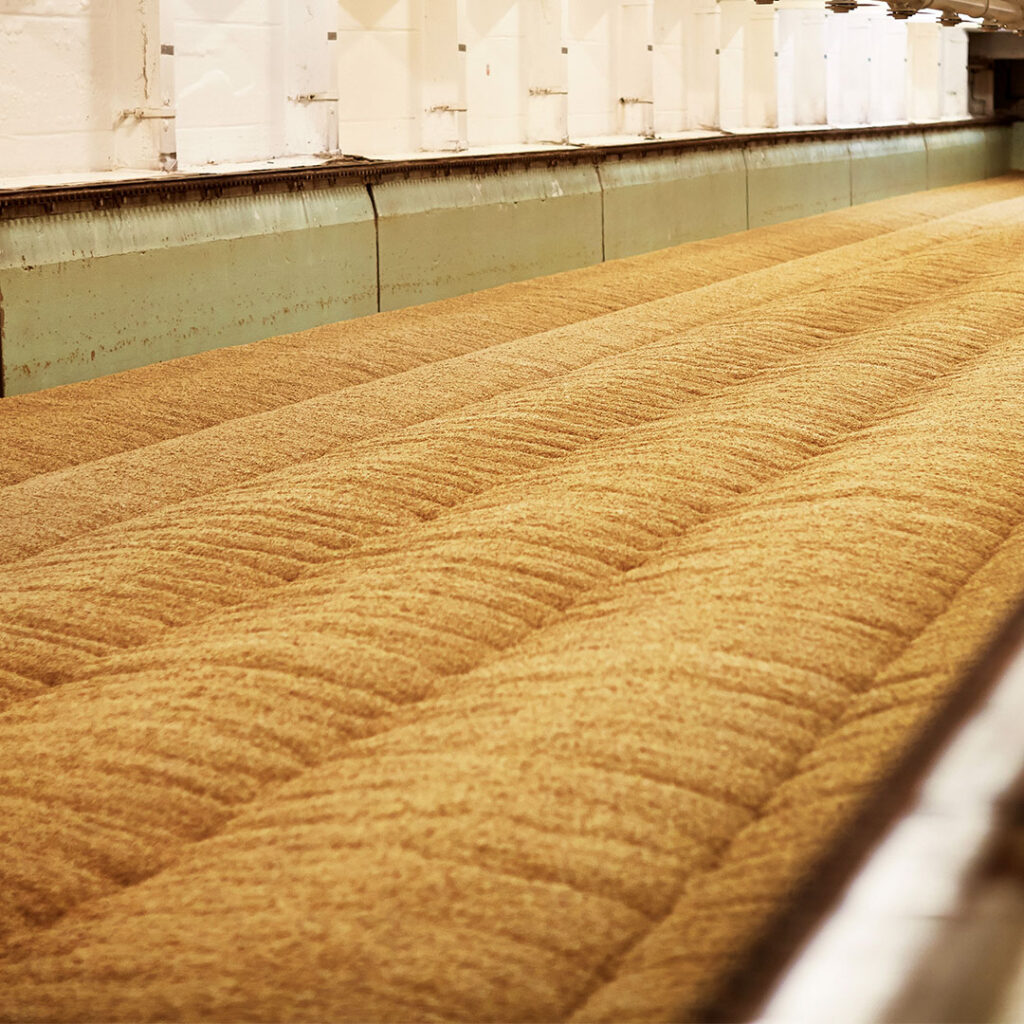Caramel Malt – Impact of Roasting Techniques on Flavour
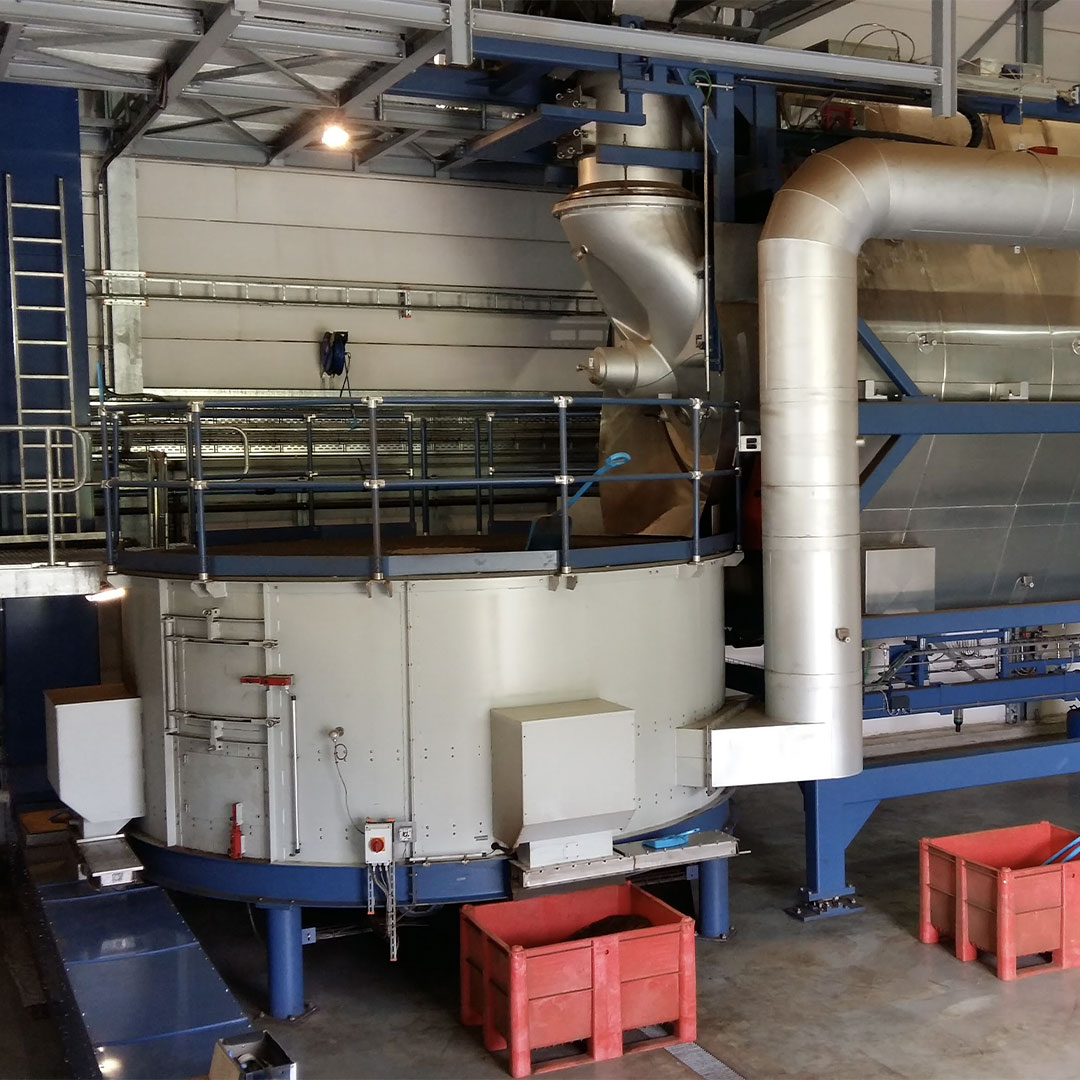
Caramel malt imparts a distinctive sweetness and aroma to beers, but not all caramel malts deliver the same taste. The choice of roasting equipment can significantly influence the flavour profile when producing this specialised malt. Let’s delve into how various roasting methods affect the delightful caramel character sought after in brewing.
Caramel or Crystal? Two Names, One Malt
The terms caramel and crystal malt are used interchangeably, referring to the same specialty malt product. While caramel malt is the preferred term in continental Europe and by many international maltsters, crystal malt is favoured in the UK and US. Regardless of nomenclature, both terms denote a sweet, aromatic malt ideal for imparting colour, body, and flavour to ales and lagers. The distinction in terminology simply reflects regional preferences for this versatile brewing ingredient.
Sugar, Heat, and Moisture
The production of exceptional caramel malt hinges on three essential elements: sugar, heat, and moisture. The process commences with barley, undergoing steeping and germination to produce green malt. This green malt, still damp, undergoes saccharification at temperatures ranging from 60-80°C, converting starches into sugars. Upon complete starch conversion, the temperature is swiftly elevated to 110-165°C for caramelization. Notably, caramelization does not occur below 110°C, although darkening transpires due to the Maillard Reaction, initiating at 60°C.
Caramelization entails the oxidation of sugar, yielding a spectrum of chemical compounds that impart a sweet, nutty, or toffee-like flavour, accompanied by hues ranging from golden-brown to dark-brown. The brown colours arise from three classes of polymers: caramelans, caramelens, and caramelins.
Maillard reactions occur when amino acids and sugars react, commencing at lower temperatures around 60°C. These reactions yield malty, bready notes and initiate colour development, starting with a light tan.
The interplay between moisture, heat, and sugar development is pivotal—without any of these elements, genuine caramel malt cannot be produced. Maltsters meticulously regulate the roasting process to catalyse the requisite reactions for achieving rich colour and flavour. The outcome is the sweet, aromatic caramel malt cherished by brewers. Below, we will explore different roasting techniques and equipment options, along with their respective advantages and drawbacks.
Sealed Drum Roasters – The Pinnacle of Quality
Drum roasters reign supreme in caramel malt production. These sealed, rotating drums delicately tumble the malt for uniform heating while preserving optimal moisture levels. The outcome? Unparalleled sweetness and velvety caramel nuances.
Why are sealed drum roasters indispensable? Because the initial step in caramel malt production involves converting starch to sugar. The starch in green malt must undergo saccharification at mash temperatures between 60-80°C. This process, akin to a miniature mash occurring within each kernel, necessitates adequate moisture—a requirement fulfilled by sealed drum roasters, crucial for temperature and moisture control.
Leading craft malt houses rely on premium drum roasters to ensure their caramel malts achieve near-complete saccharification and caramelization, resulting in rich flavour and colour. Although potentially costlier, the investment in drum roasting yields caramel malt of the highest calibre.
Open Roasters – Suboptimal for Caramel Malts
While some maltsters employ open roasters, akin to those used for coffee, for dry-roasted black malts, they are unsuitable for caramel malt production. Coffee roasters lack the necessary moisture control vital for starch conversion and caramelization. Attempting to stew green malt at lower temperatures can also pose issues, as particles from the roaster insulation may contaminate the malt. For reasons of food safety, coffee roasters optimised for dry roasting should be avoided for wet caramel malt production. Although offering a more economical option, closed drum roasters or other equipment designed to maintain moisture during roasting are better suited for producing quality caramel malts.
Continuous Coil Roasters – Efficient yet Limiting
Continuous coil roasters expedite the roasting of large quantities of malt, ensuring uniformity. While ideal for roasting seeds and nuts, they fall short in delivering caramel malt of exceptional quality. The brief exposure to optimal saccharification and caramelization temperatures, coupled with fluctuating moisture levels, yields a simpler, less nuanced product lacking the complexity attained through drum roasting.
Kilns – Traditional yet Challenging for Caramel
Kilns have been utilised in malting for centuries to dry and cure base malts. However, while indispensable for base malt production (and perhaps Munich or melanoidin malts), traditional kilns present challenges in crafting caramel malts.
Moisture control is deficient in kilns, resulting in uneven drying, with the bottom layer of malt drier than the top. This disparity impedes uniform saccharification throughout the batch.
Moreover, temperature control poses another obstacle. Kilns rely on indirect heating and struggle to reach caramelization temperatures exceeding 110°C. Most kilns achieve temperatures of only 80-90°C—insufficient for caramelization.
Some maltsters, lacking dedicated roasting equipment, resort to kilns to produce lightly stewed “caramel” malts. However, achieving true caramel malt, characterised by rich colour and sweetness, demands precise control over moisture and temperature—a feat attainable only through drum roasters designed specifically for specialty malts. Consequently, kilns remain the domain of base malt production.
Fluidized Bed Roasters – Swift, but Dry Roasting
Fluidized bed roasters expedite malt roasting via hot air jets. While they excel in producing superb roasted malts, they are ill-suited for caramel malt production. These roasters rapidly deplete moisture from malt, precluding the formation of sweet caramel flavours. Fluidized beds excel in producing deeply roasted malts instead.
Selecting High-Quality Caramel Malt
When procuring caramel malt, do not hesitate to inquire about the producer’s processes. Reputable maltsters willingly divulge details concerning equipment, roasting duration, moisture control, and saccharification steps. This information aids in discerning whether optimal techniques for caramelization were employed.
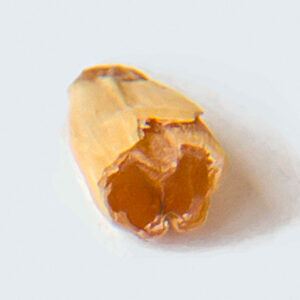 |
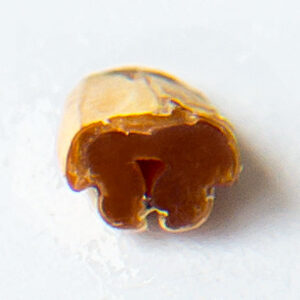 |
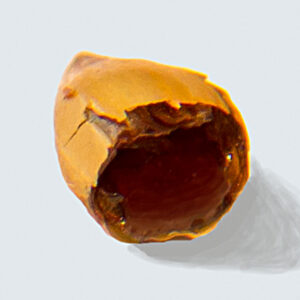 |
| 15 EBC | 35 EBC | 70 EBC |
| Glossy caramel hues signify thorough saccharification and caramelization. |
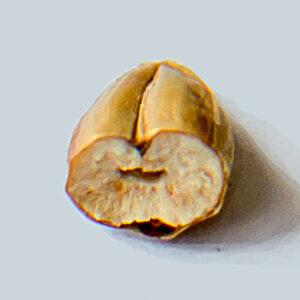 |
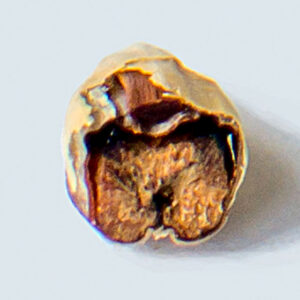 |
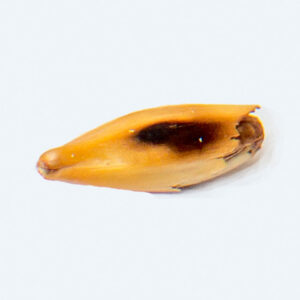 |
| No caramelisation. | No caramel sweetness. | Typical burn marks from uneven heating. |
| Pale, lacklustre colours indicate inadequate processing. |
Inspect the malt kernels for signs of quality—look for a uniform, glossy caramel hue devoid of burnt patches. Upon breaking open a few kernels, absence of unconverted white starch signals complete saccharification. Quality caramel malt emits a sweet, toffee-like aroma, not reminiscent of burnt or stale odours. By scrutinising the malt’s appearance, aroma, and processing techniques, you can ensure the caramel malt was meticulously crafted to impart rich flavour and colour.
